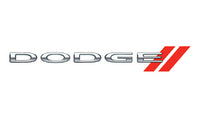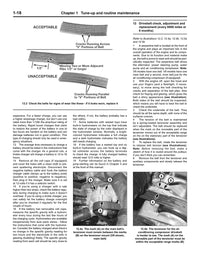A hill holder is an automatic device, also known as hill hold by VW and hill-start assist by Audi and Ford, that activates when you press the foot brake when the car is at a standstill and usually on an incline.
When you remove your foot from the pedal the car retains brake pressure, sometimes temporarily but in some models indefinitely, and only releases the brakes when you engage a manual gearbox’s first gear and start to raise the clutch pedal.
Several sensors are employed for this process to work, including angle sensors, wheel speed sensors, torque sensors and the brake actuator.
The hill holder is sometimes fitted to cars with an electronic parking brake but can also operate in tandem with a manual hand brake, depending on manufacturer and model.
It is designed to make hill starts easier by preventing rollback, although many drivers feel more confident with the greater control of a manual handbrake.

The hill-holder function is also fitted by BMW, Chevrolet, Dodge, Fiat, Honda, Kia, Mercedes and Subaru to some of their models.
Ultimately, it may be fitted to all cars in future and could replace the manual handbrake, especially if fully autonomous technology becomes a reality.
Problems with a hill holder include a refusal to release the brakes or not engaging at all, and could be caused by a mechanical issue or a problem with the car’s ECU.
Both issues should give you a warning via the dashboard and will require a visit to the dealer to fix, either covered by the car’s warranty or out of your own pocket.
Bear in mind that you will be held responsible after an accident caused by your car hitting an object as a result of a malfunctioning hill hold system, so it’s important to get a fault fixed as soon as possible.


























